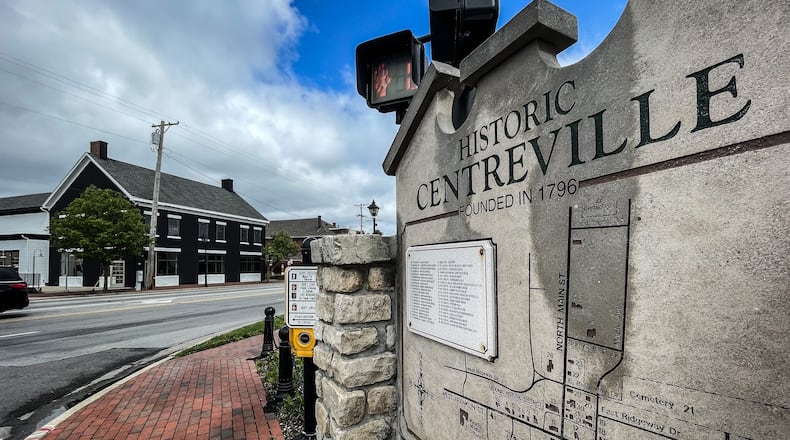The new plan’s objective is to “develop and implement strategies to direct future land use policies, economic development and infrastructure investment,” Vanness said.
Developing the updated plan involved a comprehensive planning process designed to establish a collective vision and set corresponding goals, Vanness said.
The 15-month comprehensive planning process was led by Sarah Kelly, director at Columbus-based Planning Next. The process involved a 15-member steering committee representing citizens, local business, community and local organizations, Vanness said.
“The whole idea was to try to get a cross section of the community so that we could use them to touch base throughout the process, to make sure that the plan and our work was headed in the right direction,” he said.
The plan saw the committee meet six times and also saw two rounds of community engagement, resulting in more than 600 individual responses and more than 1,000 comments, Vanness said.
Kelly told councilmembers that selecting committee was “probably one of the most important decisions that you could make in this process, and this group absolutely did not disappoint.”
“They were committed. They were insightful. They helped guide us through our public engagement,” she said. “They gave us really important thoughts about the future of the committee and then really specific ideas for how to implement them.”
Key goals of the plan include managing change, land use, and community engagement.
The plan includes a future land use map, character types, and specific objectives for quality of place, connectivity, economic development, and housing.
It aims to guide redevelopment and address challenges like an aging population and housing affordability.
Centerville’s previous comprehensive plan, Create the Vision: Our Community Our Future (CTV), was adopted in 2004 as a joint effort with Washington Twp.
Amendments were approved in 2007, 2017, and 2019. As part of its 2018–2023 Strategic Plan, city council reviewed the CTV plan in 2022 and ultimately opted to replace it with a new, stand-alone document.
About the Author

